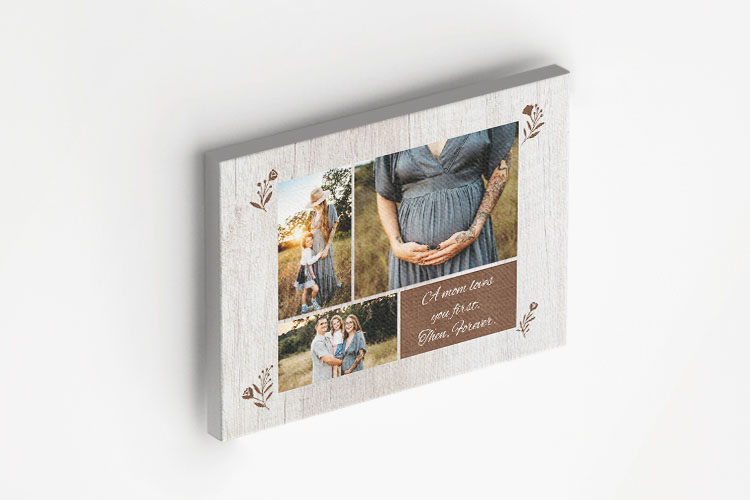
Admiring mom’s beautiful collage displayed in a classic wooden texture. Each photo holds a precious memory, telling stories of love and laughter.

Admiring mom’s beautiful collage displayed in a classic wooden texture. Each photo holds a precious memory, telling stories of love and laughter.
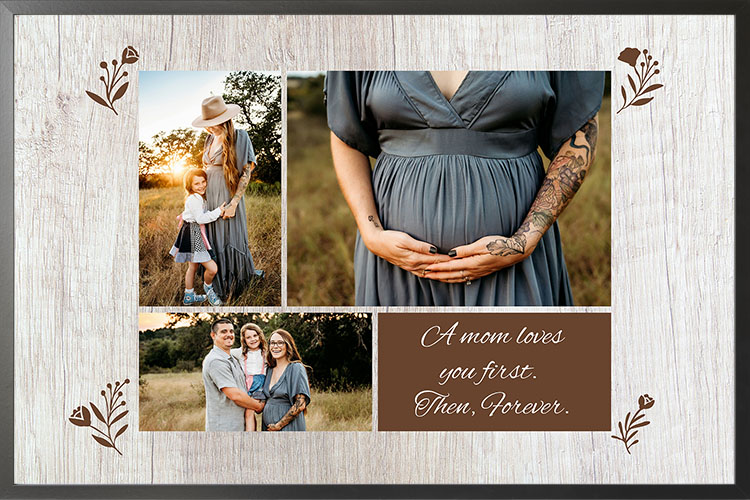
Admiring mom’s beautiful collage displayed in a classic wooden texture. Each photo holds a precious memory, telling stories of love and laughter.
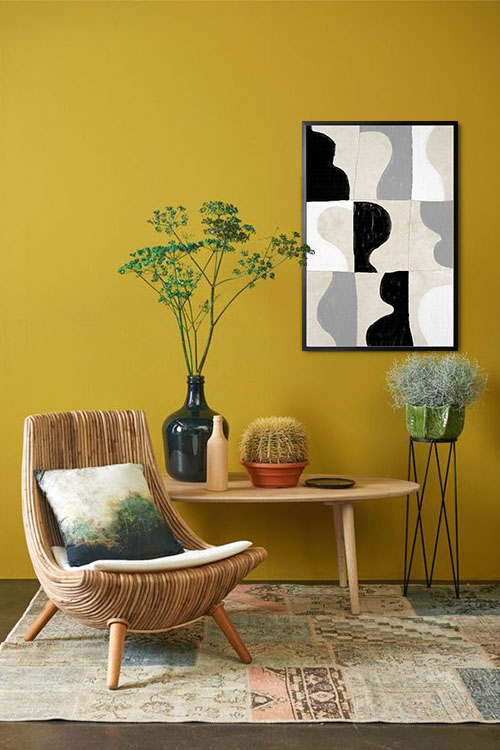
There is more to painting the walls and adding furnishings to interior design. Interior design is about more than just making any space attractive. It is both art and science. It is important to note that when decorating any living space, the body and mind’s reaction greatly matters; such designers employ skills and techniques to reshape how we perceive living spaces. In this case, interior design elements are integrated to achieve the appearance your family and friends will love.
One example of intelligent space utilization in interior design is the “open concept” floor plan. This design focuses on the balance between negative and positive space. Negative space is about a space giving a room a lofty and open feel. At the same time, positive space is filled with decorations such as furniture pieces and other decorative items. Walls are removed in this concept, making the brain feel like the space is more significant than when the walls are present.
Another essential element is lines (horizontal, vertical, and dynamic). Horizontal lines give any room a tranquil and peaceful feel. They make the space feel more comprehensive and expansive. However, too many horizontal lines make the space dull. Vertical lines, on the other hand, draw the eyes upward. Too many, though, can cause people to feel confined.
Dynamic lines suggest movement and stimulation. These lines encourage the eyes to move in the direction of the line. Examples are zigzag, angular, and curved lines. Offer different movements or effects on the feeling of a room. They provide energy and life to the whole room; examples are zigzag and angular lines. Curves and smooth lines add balance and smoothness.
Patterns are a collection of lines and forms. Like shapes, they highlight specific parts of the room, such as stairs, ceilings, and walls. They can be achieved by displaying posters, installing wallpaper, picture frames, or pillows.
Light can set the right mood in your rooms. Natural light can represent warmth and happiness. It can show the natural beauty of paint colors and highlight furniture pieces you want to feature. Place them near windows or doors to allow them to be illuminated with natural light. Regulate the entry of natural light with curtains, shades, or drapes.
Artificial lighting, however, can be added if natural light is not enough. It can highlight a particular piece of art, poster, or wall art. Examples of these are task lighting, accent lighting, and ambient lighting.
Colors evoke specific messages and moods as the brain reacts to the different colors inside a room. Specific colors produce the desired effect that you want for your home. Both cool and warm colors evoke different kinds of feelings. Green, for instance, suggests tranquility and peace. As one of the cool colors, green also evokes an atmosphere of relaxation and calmness. Warm colors like red, on the other hand, promote activity and stimulation. Red stimulates hunger, while purple represents royalty.
There are two types of texture: actual and visual. The exact texture shows how a material feels, like silk’s smoothness and leather’s toughness. Visual texture is how something appears to feel to your eyes. Posters and other wall coverings feature images that make the eyes perceive having the real deal. For example, posters or wallpaper that feature stones can give an illusion of rocks on the wall.
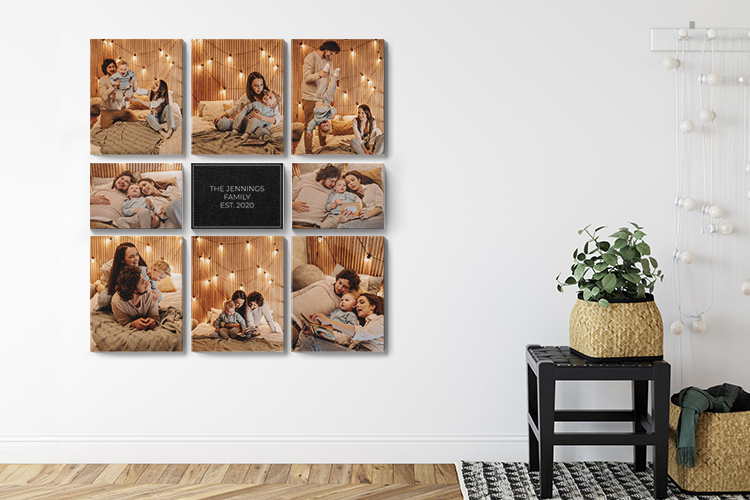
The walls are usually the last thing considered when designing your home. In many cases, designing how the walls will appear comes after the paint has been applied or dried. Without wall art, you will be missing half of your life. Wall art can complete any room. You can easily make any wall attractive and exciting by displaying photos, artwork, or trendy posters.
Choosing a suitable color scheme for the interior can take time and effort. Too many shades and tones in a space can be an eyesore, as they can also make it challenging to create wall art. Pick the art you love most and use that to create a color scheme in your room. The dominant color can be the starting point, followed by a few additional shades that will accentuate your walls.
Another important aspect of wall art is that it can make every room look finished. There are times when white paint is considered to be the finishing element. However, these days, wall art creation is essential in many aspects. It can help pull a space together and make it look complete.
Properly designed wall art can also add texture to your walls. Choose a piece of art that best fits your interior design style. Like any art, it can be the focal point of the room.
Many homeowners prefer to create wall art after everything has been arranged. The right wall art can provide the whole room with everything you need. Examples are colors, focal points, texture, depth, and others. These can also create a perfect theme that your family and friends will enjoy.
A wall gallery can easily upgrade any room. By displaying posters, you can easily make any room look cozy. It is also recommended to consider the size of the posters or art that you want to display. Large-sized art can catch attention and set the tone in a small space. On the other hand, black-and-white art can create a minimalist space that can be matched with different furnishings.
Wall art is the completing element that could help pull a room together. From a plain-looking wall to a view that is worth posting on Instagram. Wall art can make a difference. When inviting friends for lunch or dinner, wall art can also be your best friend. Make it a conversation starter whenever you pop a bottle of champagne. Impress your guests with a wall appearance that may look like one of the top-caliber museums in the country. In Artdesign, we have a wide range of poster collections that will fit your needs. Choose from the different categories and create a thematic room. From classy black and white prints to refreshing nature-inspired posters, there will always be art that can transform the overall appearance of your wall.
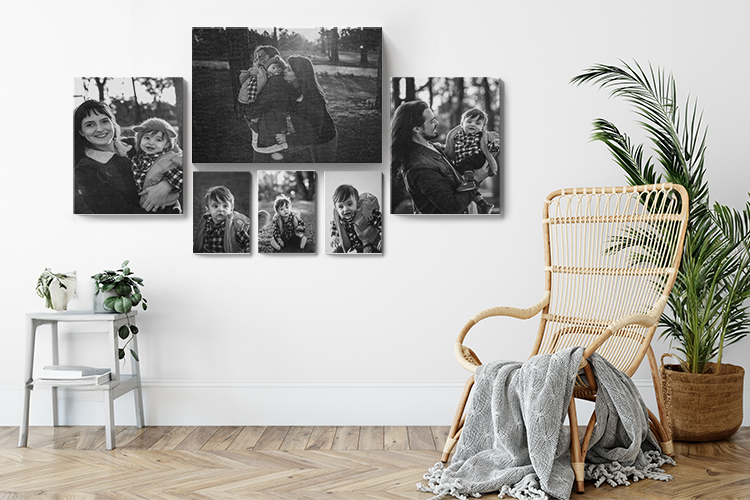
Modernism can be defined differently, depending on an individual’s perspective. It can be described as a multicultural and multidisciplinary approach. Experts believe that modernism in interior design is a style or movement with a sole goal. Modernism aims to deviate from traditional or classical forms. Applying theories and principles also enhances the needs and functions that homeowners require.
Modernism in interior design style can be traced back to the 19th century. During that time, modernists aimed to develop new standards applicable and appropriate to the environment. It has been observed that the appearance of various structures has undergone significant changes since the Industrial Revolution. Modernism only started as a school of thought. As time goes on, it has influenced other disciplines, such as politics, religion, literature, art, architecture, and interior design. Modernism is also associated with Futurism, Bauhaus, Neo-Dada, Cubism, Minimalism, and Abstract Expressionism.
In interior design, the style is multifaceted, embracing a holistic approach rather than a single style. Examples of the style include an open floor plan, stylish kitchen design, trendy color palette, multifunctional shelves, and others.
The interior design style has different characteristics that can also be observed in architecture and design. It focuses on functionality and simplicity. It is devoid of excessive decorations and is considered simple and plain. As such, the design style can evoke a calm and relaxing atmosphere.
Modernism emphasizes functionality before beauty and form, minimal use of texture, clean-lined design, and open spaces to allow natural light to enter.
The modern design style focuses on straight lines, with no other details seen in furniture pieces or room appearance. The lines are sharp and spare, evident on sanded wood floors, open floor plans, and few walls. There is also the absence of moldings, trimmings, windows, doors, and walls.
Less is more. This principle can be observed in interior design. It does not require unnecessary details such as excessive fabric, columns, or space-consuming cabinets. Minimalism is more focused on simplicity and functionality. The absence of excessive items leads to a clutterless environment.
Bold primary colors are usually observed in a modern home. This creates a focal point that will capture the viewers’ attention. A bold color scheme balances the neutral colors that are common on walls.
Metals like chrome and stainless steel create a modern appearance, and wrought iron creates a unique and interesting room design.
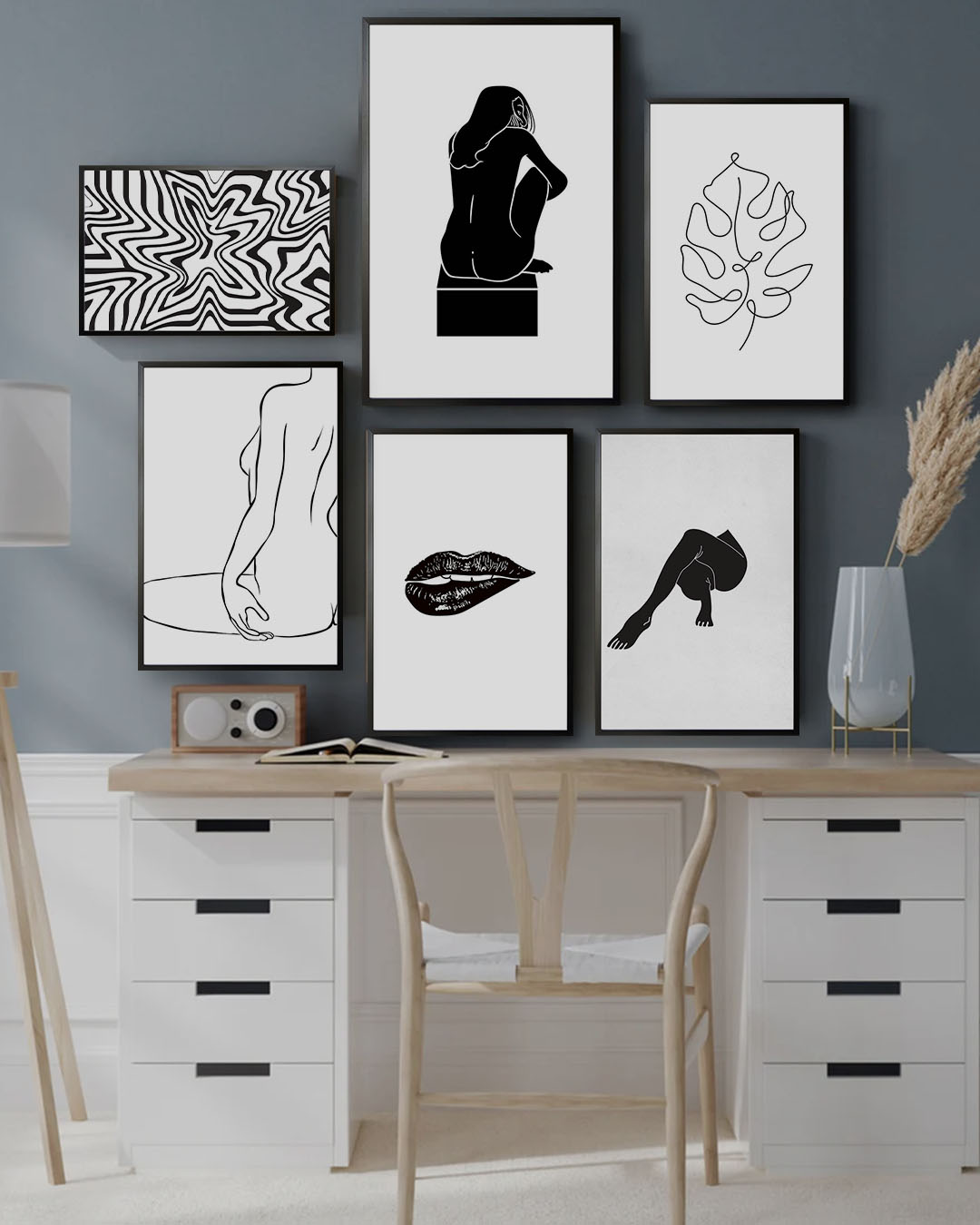
Wall art makes any room look vibrant and more appealing. With a creative and compelling wall gallery or a simple tapestry, wall art can transform any room into something interesting. The use of trendy poster art is one of the easiest and fastest ways to create a wall that will become the room’s focal point. Read on to learn more about wall art and how it can completely transform your home interior.
The wall space is essential for bringing a room together. The decorative items and furnishings incorporated in the room are necessary to complete the overall appearance. One of the ways to make the room look more exciting is the incorporation of wall art. Often, wall art is thought after everything else has been completed. This includes after the paint on the wall has completely dried or the furnishings have been appropriately placed.
Wall art should always be addressed as it provides many benefits that homeowners overlook immediately. Think of a blank wall as a canvas and an opportunity to showcase your creativity and talent. The right wall art design can fill the emptiness of a room and will likewise reflect the homeowner’s personality.
Was there a time when you were at home and just stared at your walls? A blank wall creates a more fun and exciting room interior. This is where the fun begins, and attractive wall art comes into play and helps transform any room. One idea is to create a photo gallery with a collection of photos that can create a nostalgic vibe.
Various paintings and photographs can also make a fantastic wall collage. Another way is using multiple sizes and shapes of frames with pictures and poster designs that feature similar color palettes or a variety of colors. This can add excitement to the room. The color and material of the frames can also add to the beauty of the wall art.
One of the common problems that homeowners encounter is choosing the right color for the room. Since many colors are available, selecting the best color can give the room a vibe. If color selection can be overwhelming, add wall art to make the dull wall look lively.
Wonderfully designed wall art can also create an excellent focal point. This can act like a magnet that draws the eye into it. Wall art can eventually be the center of attraction of the room. For example, designers or homeowners can hang wall artwork above the mantle of a fireplace in the living room or above the bed.
Wall art can likewise add texture to a room. Using 3-dimensional artworks such as sculptures can add some depth to the room and create an illusion that there are more layers to uncover. It has also been observed that rough textures are more likely to make space feel more intimate.
Decorative items with smooth textures can create a more sophisticated and aloof room. Wall art can finish the appearance of the wall. Wall art gives some sense that the room is finished. It is considered a finishing element that can pull a space together and make it feel complete. The extra touch can take your space from simply looking functional to appearing as if it should be featured in an interior design magazine.
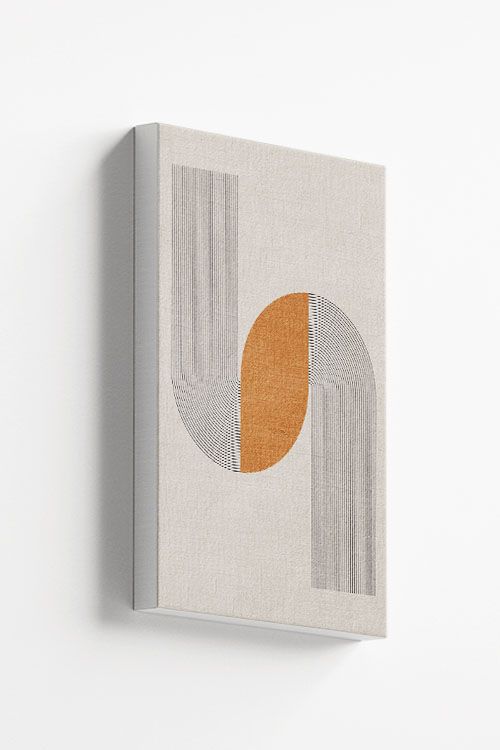
Lines, curves, and shapes are the ones that you need to add texture to your walls. This art will easily boost the appearance of your walls. A wonderful art that will make an attractive wall art. Start a wall gallery with this canvas to have a spectacular focal point in your home.
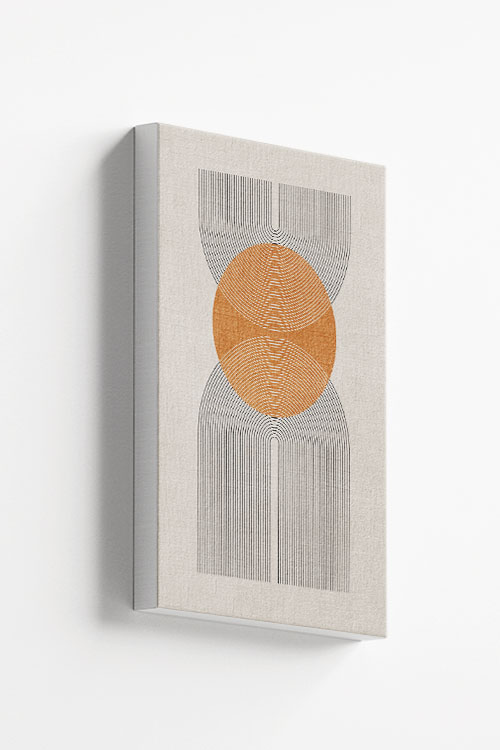
Lines, curves, and shapes are the ones that you need to add texture to your walls. This art will easily boost the appearance of your walls. A wonderful art that will make an attractive wall art. Start a wall gallery with this canvas to have a spectacular focal point in your home.
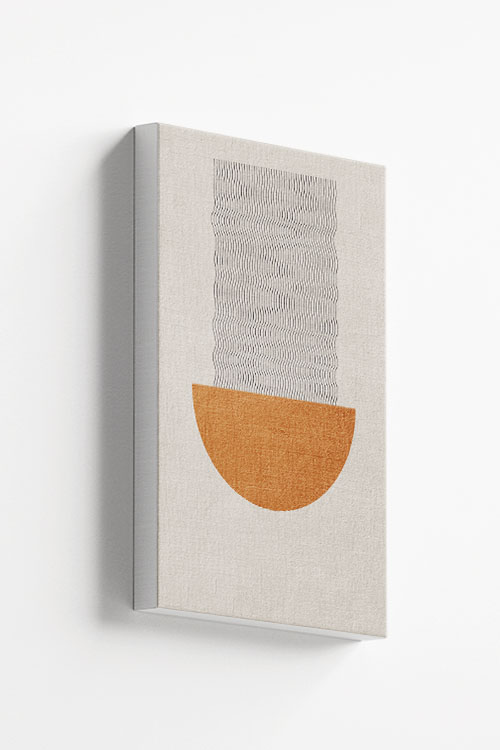
Lines, curves, and shapes are the ones that you need to add texture to your walls. This art will easily boost the appearance of your walls. A wonderful art that will make an attractive wall art. Start a wall gallery with this canvas to have a spectacular focal point in your home.
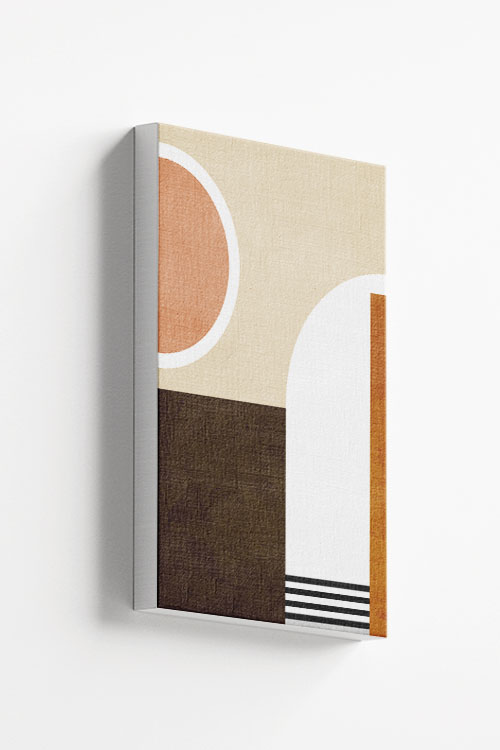
If designing your walls is a bit of a problem, then create a focal point with our graphical prints. With shapes, lines, and colors, you can easily add depth and texture to your walls. What makes them even more remarkable is their versatility in which you can display them in any room and still create the right atmosphere that you and your family will love.